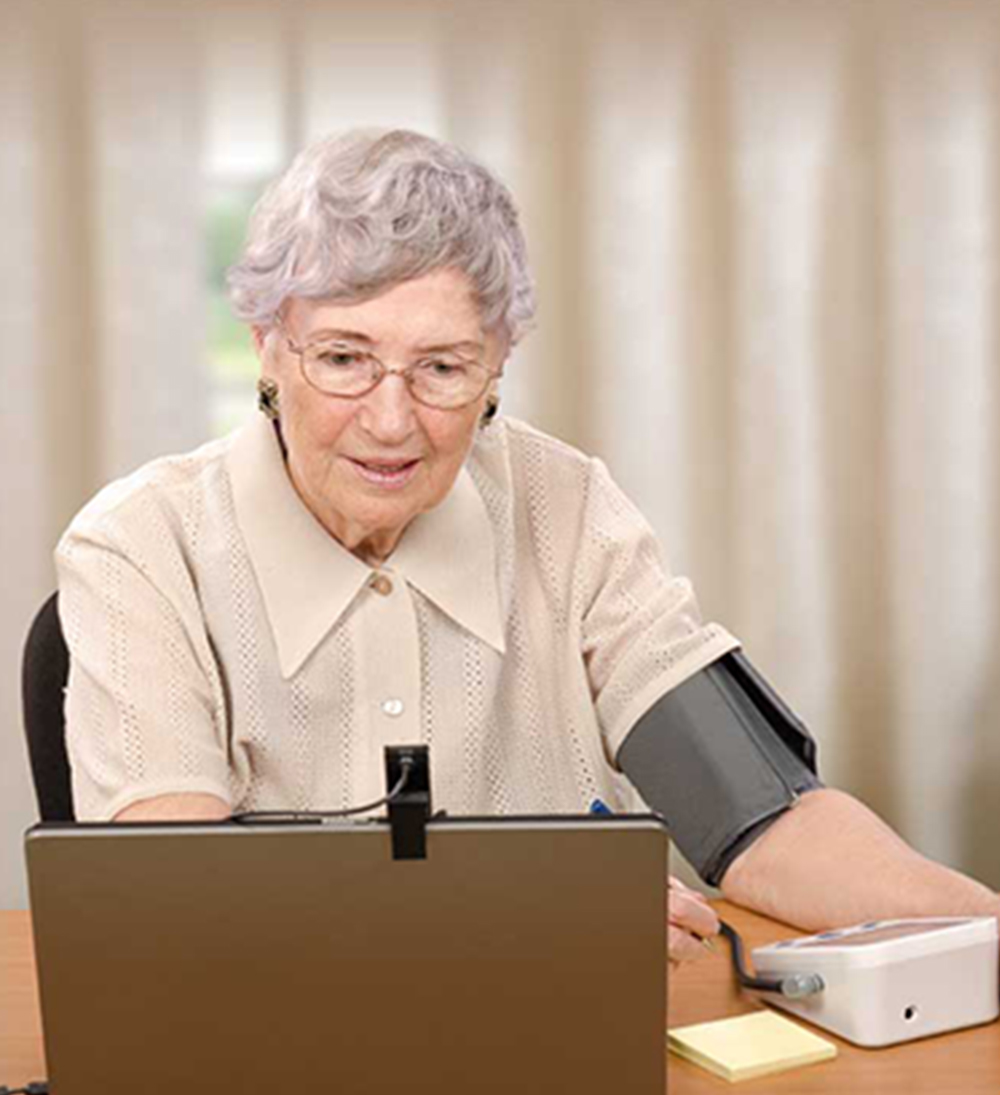Remote Patient Monitoring
Virtual Healthcare Solutions: Here’s how Remote Patient Monitoring can Drive Value

Blog
Virtual Healthcare Solutions: Here’s how Remote Patient Monitoring can Drive Value

To get a glimpse of what the year 2022 has in store for the digital healthcare landscape, this blog encapsulates the essence of the next-gen virtual care solutions, a blast from the past and what’s coming in this New Year
Telemedicine solutions, Remote Patient Monitoring (RPM) and other virtual healthcare innovations have redefined healthcare delivery forever. To get a glimpse of what the year 2022 has in store for the digital healthcare landscape, this blog encapsulates the essence of the next-gen virtual care solutions, a blast from the past and what’s coming in this New Year.
In the wake of the global pandemic, healthcare consumers spend a massive amount of time in their homes. Remote patient monitoring presents a huge opportunity where patients can get quality care at the safety and comfort of their homes without physically being present at the doctor’s office for every visit. Wearables, Artificial Intelligence (AI) technologies including Machine Learning (ML), Deep Learning (DL) and IoT-enabled devices play a significant role in real-time tracking and monitoring of patients’ health status, gathering intuitive health insights, providing immediate notifications for timely interventions and actions—based on their health status and auto-generated reports.
Patient Reported Outcomes (PRO), Patient Generated Health Data (PGHD), Electronic Health Records (EHR) are seamlessly integrated into patient engagement platforms to deliver superior Patient Experiences (PX), while accelerating health outcomes and mitigating costs at scale. Here's how to plan an efficient remote patient monitoring program.
SolvEdge’s Patient Monitoring programs are designed using the above criteria and also offers customized Remote Patient Monitoring solutions that accelerate our clients’ digital transformation journeys. We create holistic patient engagement solutions that help organizations achieve the #TripleAim of driving clinical, operational and financial excellence. From small Practices to Fortune 500s, our comprehensive patient engagement solutions are trusted by 450+ Hospitals, 4500+ Physicians and millions of patients across the globe.
To get your personalized and free consultation on our Remote Patient Monitoring solutions, Give us a shout!
From our humble beginnings as a healthcare start-up—to becoming a full-blown healthcare-exclusive digital transformation provider, our journey has been quite a remarkable one. Today, SolvEdge is a leading-edge Healthcare services and solutions provider—trusted by 450+ Hospitals, 3500+ Physicians and millions of patients across the globe.